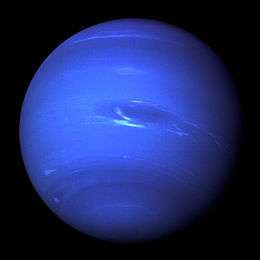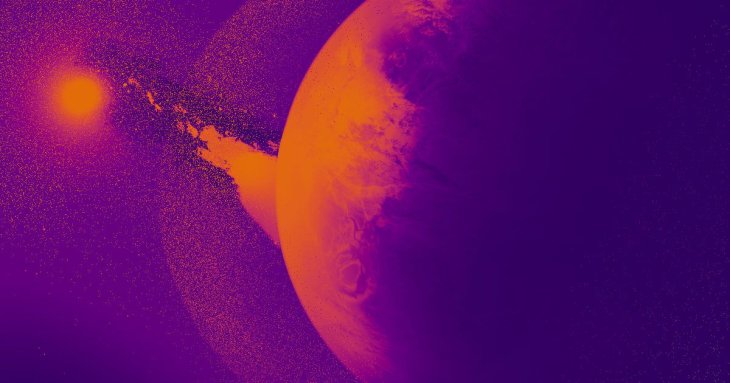Scientists Are Observing An Exoplanet Of The Size Of Neptune As It Disintegrates
Aadhya Khatri - Feb 07, 2019

The disintegration is so rare that scientists must gather as much as they can before it ends
- This Exoplanet Is So Hot That Rock Evaporates And Rains Into Magma Ocean
- Scientists Find 24 Exoplanets Even Better To Host Life Than Earth
- NASA Found A Second Earth In The Abandoned Data From A Retired Telescope
800 light years from us, a huge exoplanet, a planet located outside of our solar system, is undergoing a disintegrating process. It had been in that unstable state even before our astronomers found out about it in 2015.
K2-22b has ever since been the subject of observation for scientists to study the decaying process and hopefully, coming up with an answer to why some planets fall apart while they orbit. Details about the planet’s journey around its star can be found on The Astronomical Journal. Currently, a year on K2-22b is only 9 hours as it is breaking into pieces.

The exoplanet is falling apart
Among about 3,800 extrasolar planets we know exist, only three are disintegrating, and K2-22b is one of them. This fact suggests theories. First, disintegration is especially rare, and second, it might not be so rare, but it happens too quickly. Either way, astronomers consider this as a golden opportunity.
This incident so rarely happens that astronomers hope they can learn as much as they can about the disintegration before the planet comes to its end. What are most interest them are the reason and the stages of the process.
As the number of subjects is so limited, scientists must rely largely on what they can pick up as they see the incident happens. What they found this time is a trail of matter that looks like a comet breaking itself from the body and something that looks like dust in front of it. These trails are also subject of intense study as the team of scientists who are in charge of K2-22b’s research said that further observation was needed to resolve their mystery.
What they found out so far is valuable enough but they want to take away as much information as possible from K2-22b. So they will keep going with their observation for the time being because who knows when such a process takes place again.
Featured Stories

Features - Jul 01, 2025
What Are The Fastest Passenger Vehicles Ever Created?

Features - Jun 25, 2025
Japan Hydrogen Breakthrough: Scientists Crack the Clean Energy Code with...

ICT News - Jun 25, 2025
AI Intimidation Tactics: CEOs Turn Flawed Technology Into Employee Fear Machine

Review - Jun 25, 2025
Windows 11 Problems: Is Microsoft's "Best" OS Actually Getting Worse?

Features - Jun 22, 2025
Telegram Founder Pavel Durov Plans to Split $14 Billion Fortune Among 106 Children

ICT News - Jun 22, 2025
Neuralink Telepathy Chip Enables Quadriplegic Rob Greiner to Control Games with...

Features - Jun 21, 2025
This Over $100 Bottle Has Nothing But Fresh Air Inside

Features - Jun 18, 2025
Best Mobile VPN Apps for Gaming 2025: Complete Guide

Features - Jun 18, 2025
A Math Formula Tells Us How Long Everything Will Live

Features - Jun 16, 2025
Comments
Sort by Newest | Popular